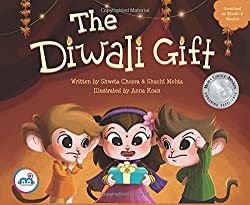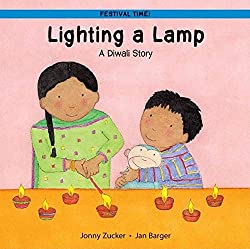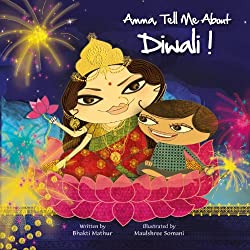HAPPY DIWALI - The Celebration of Lights!
- Kwameah Anoush Bennett

- Nov 4, 2021
- 3 min read

Diwali is known as the “celebration of lights.”
The holiday of Diwali provides rich opportunities to engage students with literary epics, dramatic performances, delicious food, and celebrations of family.
The celebrations of Diwali 2021 last for 5 days. making it the perfect length for a week’s worth of activities
Diwali Day 1: November 2, 2021 Dwadashi - Dhanteras
This is the first day of the festival when people clean their homes and prepare for the events ahead. This is also a busy shopping day, when it is considered lucky to go to markets and buy gold or new kitchen items.
Diwali Day 2: November 3, 2021 Trayodashi - Choti Diwali
The second day is when people start decorating their homes. Many families will put up string lights and start creating their rangoli, which are intricate designs placed on the floors of homes.
Diwali Day 3: November 4, 2021 Amavasya - Diwali
Clay oil lamps or diyas are lit and rituals worshipping the goddess Lakshmi are performed.
The worshipping can be done at temples or at home by placing a red cloth on the puja chowki ('worship table') putting the idol on it, and then offering flowers, fruits (water chestnuts, pomegranate, quince, and coconut) and sweets (notably kesari bhaat — semolina pudding with saffron, nuts, and sugar) to Goddess Lakshmi
Diwali Day 4: November 5, 2021 Pratipada - Padwa
The fourth day of celebrations is dedicated to the love between husband and wife, and men will often buy gifts for their wives. Many businesses open new accounts on this day as it is considered auspicious.
Diwali Day 5: November 6, 2021 Dwitiya - Bhai Duj
Bhai Duj (Bhaubeej), the last day of celebrations is dedicated to brothers and sisters. To celebrate their bond, sisters perform a special ceremony for their brothers for their protection. Brothers give presents to their sisters.
Sweet Eats and tasty food!
Sweets are an important part of Diwali celebrations. Being mindful of any student allergies, participants can prepare easy no-bake
It's the “Festival of Lights”
Hindu, Jain, and Sikh households and yards are alight with clay lamps, strings of electric bulbs, fireworks, and bonfires, all in honor of Lakshmi, the goddess of wealth. Students can decorate the classroom with LED candles as well as their own handmade scrolls and manuscripts, and they can view photos of South Asian households decorated for the holiday.
Students can also be asked to interpret “brightness” or “goodness” in various ways, and to consider how these constitute a part of their everyday lives.
Diwali Crafts
Paper Leaf Garland

Materials:
Coloured card
String or thread
Instructions:
Use a leaf template or draw them by hand and cut them out.
Decorate your coloured card leaves as you wish and then punch a small hole in the thicker end.
Using your thread, join all of the leaves together and it is ready to hang
Accordion Fold Paper Diya Craft

Materials :
Variety of colored paper.
Glue
Corrugated sheet
Markers
Scotch Tape
Sequin stickers
Scissors
Step 1 : Cut 2-inch strips from an A4 sheet of paper. We cut strips along the shorter edge.
Step 2 : Start making small accordion style folds along its longer edge. Use mini craft stick to hold and measure each fold. If you have a scorer, measure and score each card and then it gets easier for younger kids to fold.
Diwali Books for Kids
Science & Discovery : Learning about Hindu Mythology

Below is link to educate your child about Lakshmi in Hindu Mythology. This is a great way to expand on these topics if your child is curious about mythology . Consider turning the story of Diwali into a longer, month-long study of mythology and the epic. There are age-specific retellings and resources available to teach the Odyssey, the Iliad, and Greek myths. An imaginative project can ask students to draw maps of the various lands and locales in which these myths take place; this encourages students to apply spatial reasoning, history, and inventiveness.









Comments